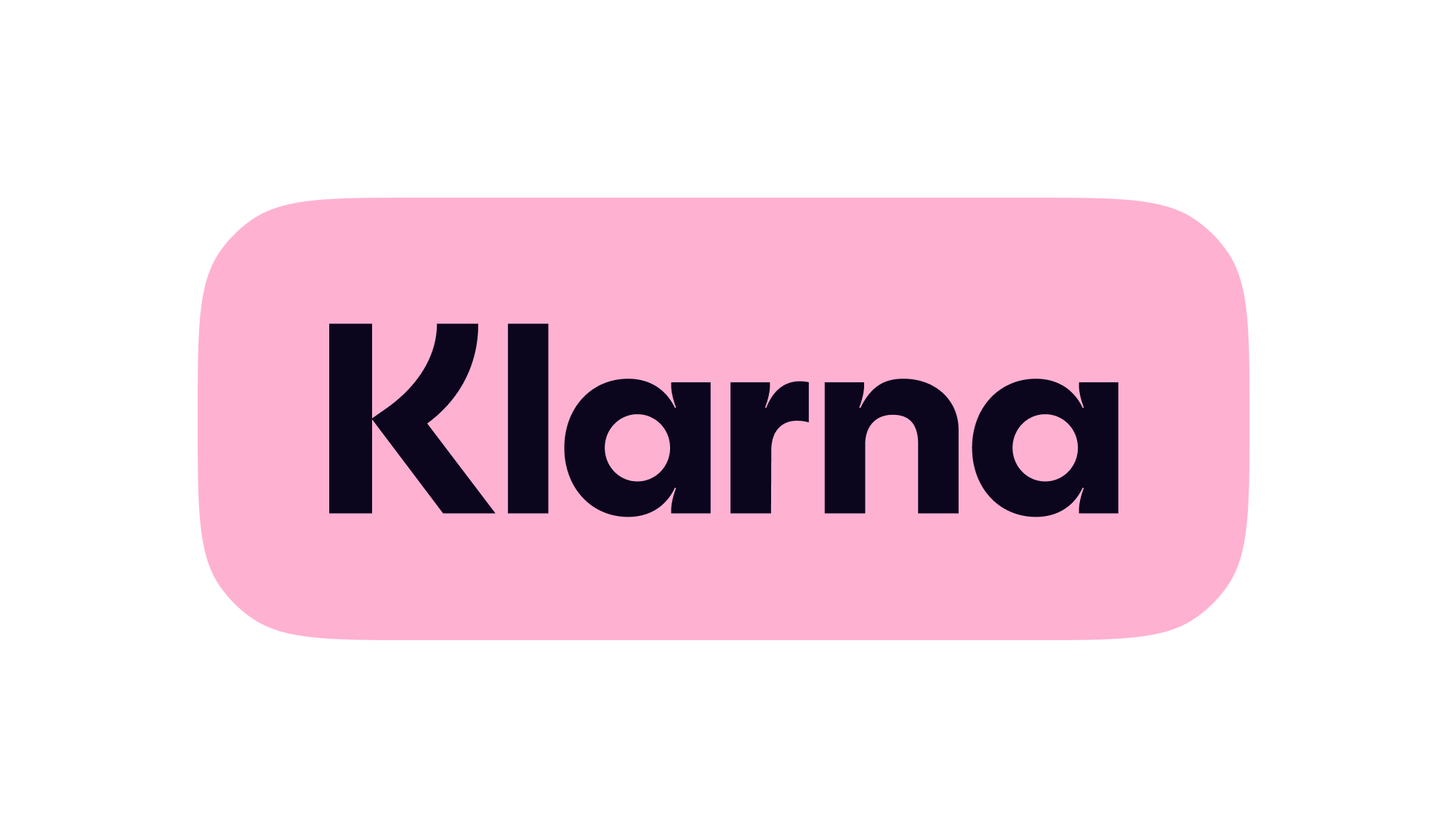Building a Strong Foundation in Aesthetic Medicine
Entering the world of aesthetic medicine is an exciting yet challenging journey. As demand for non-surgical cosmetic treatments continues to grow, so does the need for skilled, knowledgeable, and ethical practitioners. Whether you’re a doctor, nurse, dentist, or registered healthcare professional transitioning into aesthetics, mastering the right skills is essential to building a successful and reputable career.
Aesthetic medicine is both a science and an art—it requires technical precision, a deep understanding of facial anatomy, and the ability to deliver safe and aesthetically pleasing results. This guide will explore the essential skills for aesthetic practitioners, helping you understand what it takes to thrive in this highly competitive industry.
Why Foundational Skills Matter in Aesthetic Medicine
Unlike general healthcare, which often focuses on diagnosing and treating medical conditions, aesthetic medicine is elective, client-driven, and results-focused. Patients seeking treatments such as Botox, dermal fillers, and skin rejuvenation want to see noticeable improvements while still maintaining a natural look.
Without mastering the fundamental skills of aesthetics, practitioners risk poor patient outcomes, complications, and reputational damage. Whether new to aesthetics or looking to refine your skills, investing in comprehensive, hands-on training is crucial to developing confidence and expertise.
Key Competencies Every Aesthetic Practitioner Should Master
The Art of Patient Consultation & Assessment
A successful aesthetic treatment starts with an in-depth consultation. Unlike traditional medical settings, aesthetic patients often seek treatments based on personal desires rather than medical necessity, making clear communication and expectation management essential.
- Understanding Patient Goals—It is critical to ask the right questions and interpret patient expectations. Many patients arrive with filtered social media images or unrealistic expectations, so guiding them towards achievable and safe results is key.
- Facial Analysis Techniques – Aesthetic practitioners must be able to assess:
- Symmetry and proportion
- Volume loss and skin elasticity
- Bone structure and muscle movement
- Setting Realistic Expectations – Patients must understand what is achievable with their budget, facial anatomy, and treatment plan. Over-promising results can lead to dissatisfaction and poor reviews, while honest, expert advice builds trust.
- Informed Consent & Documentation – Every patient should fully understand the risks and benefits of treatment. Keeping clear, well-documented patient records protects both practitioner and patient.
Injection Techniques & Product Knowledge
Mastering safe, effective injection techniques is at the heart of being a competent aesthetic practitioner. Whether performing Botox or dermal fillers, practitioners must develop:
- A Deep Understanding of Product Properties – Not all Botulinum Toxin or dermal fillers are the same. Knowing the difference between high G’ prime vs. low G’ prime fillers, or how different neuromodulators work, ensures optimal, long-lasting results.
- Precision Injection Techniques – Proper injection depth and placement are critical to avoiding complications. Key techniques include:
- Needle vs. Cannula – Understanding when to use a needle for precision and when to use a cannula for safety.
- Layering and volume replacement – Ensuring natural-looking augmentation rather than overfilling.
- Managing Side Effects & Complications – Every aesthetic practitioner must be prepared to deal with bruising, swelling, vascular occlusions, and asymmetry. Knowing how to reverse treatments (hyaluronidase use) and manage adverse events is just as important as injecting.
Facial Anatomy & Safety Protocols
Aesthetic medicine requires a far deeper understanding of facial anatomy than most general medical professions. Poor anatomical knowledge increases the risk of complications such as blindness, necrosis, or nerve damage.
- Vascular Anatomy & Danger Zones – Practitioners must know where the major blood vessels are to avoid injecting into arteries.
- Musculature & Movement – A deep understanding of how muscles contract and interact is key for treatments like Botox.
- Fat Pads & Bone Structure – Filler placement depends on understanding volume loss, structural support, and ageing patterns.
How to Continue Developing Your Skills
Advanced Aesthetic Training & Continuous Education
Aesthetic medicine is constantly evolving. To stay ahead, new practitioners should:
- Take advanced masterclasses in lips, tear troughs, full-face rejuvenation, and complication management.
- Attend industry conferences and network with leading aesthetic trainers.
- Participate in live model training sessions to refine skills in a supervised setting.
Business & Marketing Skills for Aesthetic Success
Becoming a skilled injector is only part of building a successful aesthetic career. Many new practitioners struggle with patient retention and brand visibility due to a lack of marketing knowledge.
Final Thoughts: Becoming a Highly Skilled Aesthetic Practitioner
Mastering the essential skills for aesthetic practitioners is a continuous journey. From perfecting injection techniques to understanding facial anatomy and managing patient expectations, every new practitioner must focus on building a strong foundation.
🔹 Want to refine your skills? Book a Training Course
🔹 Need expert guidance? Get in Contact
By committing to excellence in aesthetic practice, you can build a successful and rewarding career in aesthetics.






